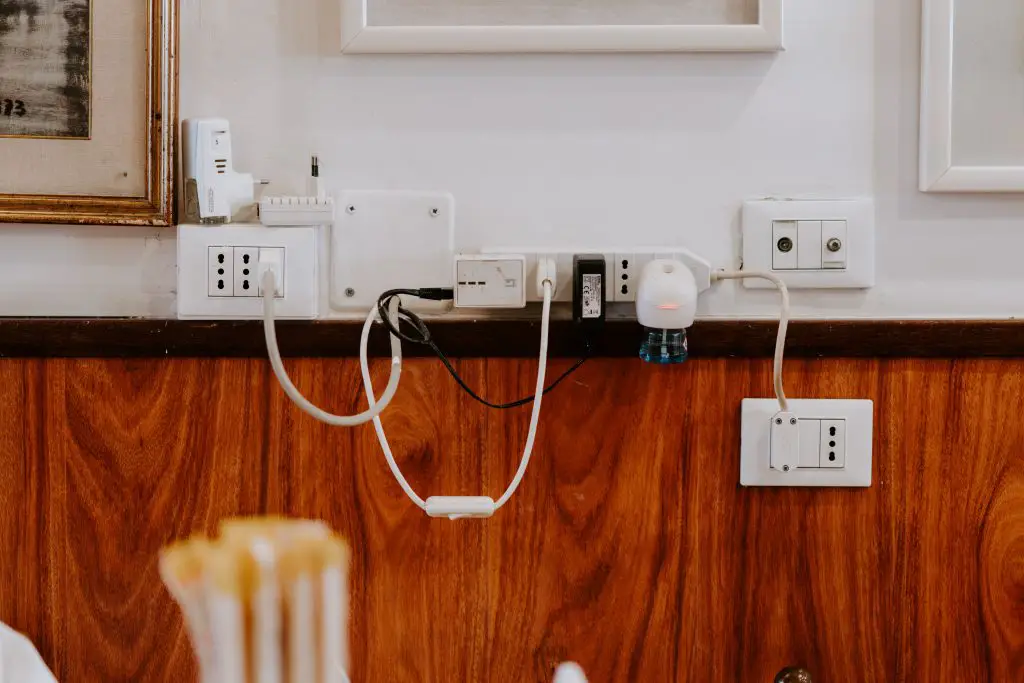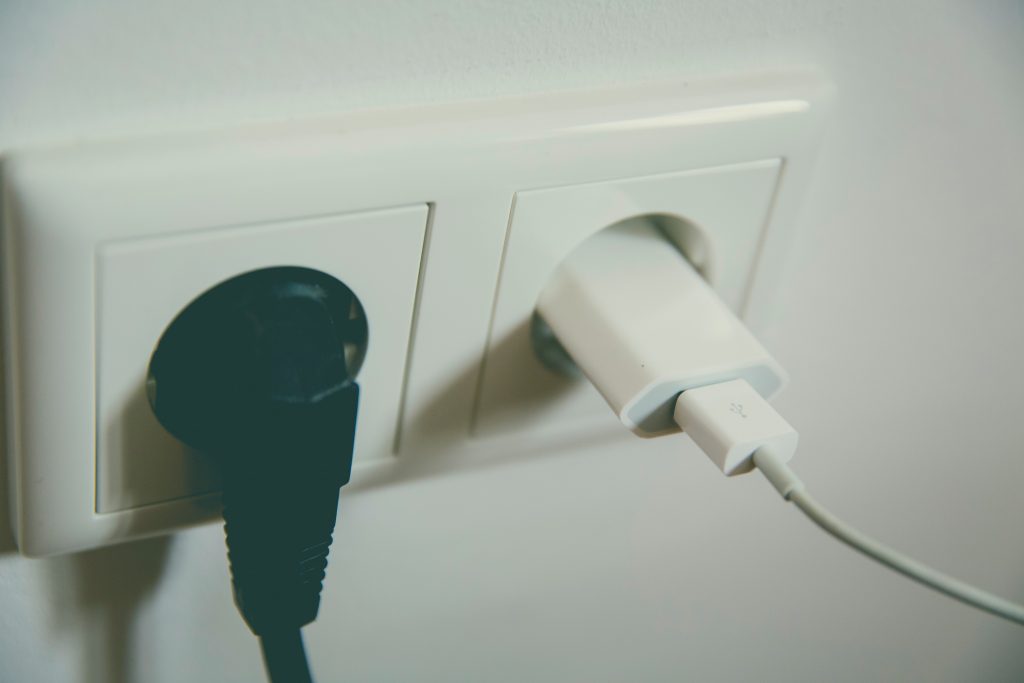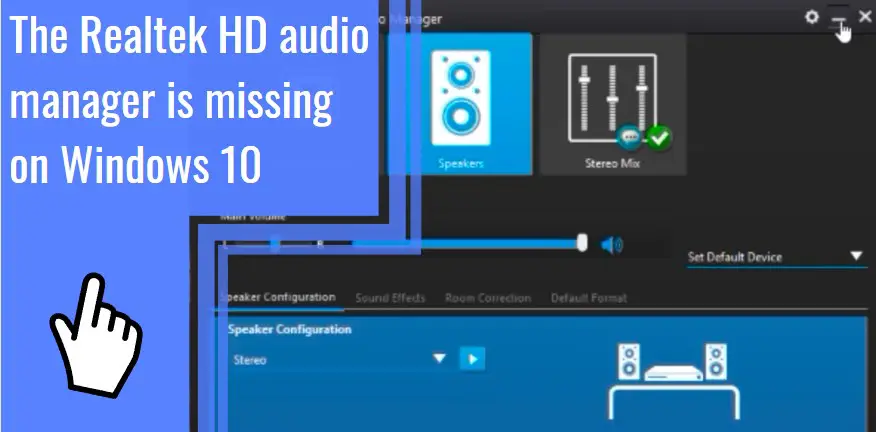What you find on this page:
It’s often intimidating to deal with home electronics. Issues with outlets can sometimes require elaborate wiring and a high level of technical skill the average homeowner likely won’t have. But not everything dealing with electronics is as complicated as we fear!
If you’ve had a GFCI outlet solid red light, you’ll need to know what it means and how to fix it. Read on for a quick guide on what the GFCI outlet solid red light means and what you can do to remedy the issue.
What Is a GFCI Outlet?
First off, what is a GFCI outlet? The term “GFCI” stands for “Ground Fault Circuit Interrupter.” Some refer to them as GFIs, or “Ground Fault Interrupters.”
A GFCI monitors the electrical current as it moves through a circuit. Should issues arise, such as a high surge, the GFCI instantly cuts off the electricity.
Doing so can help protect sensitive electrical equipment plugged into the outlet, such as computers. It also helps to cut down on hazards like electrical fire or equipment malfunction. Additionally, it can help to prevent fatal shocks to people working on or near the outlets.
You’ll likely find a GFCI outlet near your appliances, especially those that deal with water. Your washing machine, for example, should always be plugged into a GFCI outlet in case the water presents a hazard.
In short, a Ground Fault Circuit Interrupter is a safety measure to ensure that fluctuating electricity doesn’t harm you or your equipment.
How Does a GFCI Outlet Work?
A GFCI outlet holds a sensor inside that monitors the flow of electricity. By monitoring the current, the sensor can see when a “fault” occurs, which means any change from the standard current.
When that fault occurs, the GFCI activates an internal switch. This switch will cut off the flow of electricity to the outlet to ensure the fault doesn’t damage you or your belongings. When a GFCI malfunctions, it can fail to shut off, leading to a severe hazard.

What Does a Red Light Mean On a GFCI?
Now that we know what a GFCI does, what does a red light mean? With most electronic devices, a red light can either mean an error or something as simple as power. So which is it?
With a GFCI outlet, a red light means that the device needs attention. Typically, a red light means that it’s detected a fault and has shut the electricity off to the outlet. As a result, you will not be able to use this outlet before fixing the issue.
How to Fix It?
Depending on the issue, there’re several things you can do to fix it. However, a word of caution before you begin troubleshooting.
Electrical outlets are dangerous and significantly threaten your health and safety. You shouldn’t work on your home’s electrical wiring if you aren’t a skilled or trained electrician. Instead, consider contacting a local team of professionals and having them remedy the problem.
If you’re comfortable working on it yourself, there are a few minor troubleshooting steps you can do. For starters, every GFCI outlet should have a button that allows you to reset the internal switch. This button may be at the bottom or between the two outlets. Gently press this switch until it clicks.
If you hear no click, there’s a good chance that the switch broke. However, if the click is there, this likely turned off the red light, as you’ve reset the GFCI outlet.
Plug in whatever was plugged in when the switch was flipped. There’s a high chance that some malfunction in the appliance caused the outlet to trigger itself. If the switch flips again, the appliance is almost definitely your issue. You should get it replaced or repaired.
If you cannot get anything to work in the outlet, the GFCI outlet itself may be broken. You can replace it at a relatively low cost without too much effort, but it’s always best to leave it to professionals if you’re unsure.
If neither of these fixes works, the issue is likely with your home’s wiring. You’ll need to contact a professional electrician to have them properly diagnose and fix the problem for you.
GFCI Outlet Solid Red Light
The red light is on means that your device needs attention. Follow the troubleshooting steps above to try to diagnose the problem. Pressing the “TEST” or “RESET buttons on the outlet often fix this issue if the switch has flipped. If not, a more thorough investigation is required.

GFCI Blinks Red Every 30 Seconds
A blinking red light is more common on a self-testing GFCI outlet. These outlets have built-in lights that indicate if there’s an issue with the device. If you have a manual, it can tell you precisely what each indicator light means.
As a rule of thumb, a red light is rarely going to be a positive when it comes to a GFCI outlet. A green light is usually on constantly, indicating everything is working fine. If a self-testing GFCI outlet fails the test, then it begins to blink red or shows a solid red light.
Either way, treat the blinking red light as a solid red light. Troubleshoot the problem and contact a professional if necessary.
GFCI Red Light On But No Power
If the red light is on, you shouldn’t be getting power, as the red light usually indicates the GFCI has shut off power to the circuit. Because of this, you shouldn’t panic if you’re getting the red light and no power.
Try to reset the GFCI. If the red light goes away, but you’re still not getting power, there’s likely an issue with the GFCI outlet. Replace the device at your earliest convenience. Should the replacement also not work, there’s likely a problem with the internal wiring, which will need a professional.

How Do You Reset the Red Light On a GFCI?
Most GFCI outlets have a “TEST” or a “RESET” button. These are usually found in the center between both outlets but can also be found at the bottom of the outlet panel.
Using the “RESET” button should reset the red light on a GFCI. If it doesn’t, something is continuing to activate the switch, or the device is inoperable.
You can also cut the power off to the circuit with your home’s circuit breaker. Doing so can help to reset the outlet completely. If it continues to not work after these tests, replace the device or contact a professional.
Conclusion
Working with electronics is intimidating, and for a good reason. Your GFCI outlet solid red light can indicate several issues. If you’re unsure of what you’re doing, always contact a professional. Professional help is necessary to avoid severe harm if your task moves to rewire anything.
For more information on home care, visit the rest of our informative website! You can also stick around for a brief FAQ regarding GFCI outlets!
Frequently Asked Questions
It depends on which light you’re looking hereat! Most GFCI outlets have a green light. This light indicates that everything is working fine. Your outlet is safe and ready to use at any point.
If the light turns red, it indicates a problem. More often, the switch has flipped due to fault detection. If the light blinks, your self-testing GFCI may have failed. A red light will shut off the power.
If your GFCI has a red light that won’t go away, it’s likely bad. For example, a power surge could’ve damaged it, or the switch could have broken inside. There are dozens of possible reasons why it could’ve gone bad!
If your GFCI outlet doesn’t have a red light but isn’t giving power, it’s likely bad as well. Check your circuit breaker to make sure that the outlet is getting power. You also can try other outlets in the same room to see if it’s something with the whole circuit.
Overall, the outlet not working properly means it’s likely bad. Never hesitate to contact a professional for a full diagnosis!
If your GFCI outlet doesn’t reset, it could mean that the problem that flipped the switch persists. Faulty wiring or damaged appliances to the outlet may be causing this. Remove anything plugged in and try again.
If the GFCI outlet still won’t reset, it’s likely sustained damage. For example, a severe fault or a power surge could damage the internals of the GFCI outlet. When this occurs, you should replace the GFCI outlet whenever it is convenient for you or contact a professional.






